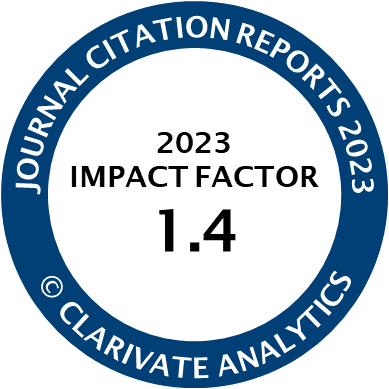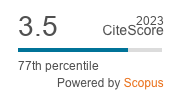Article | Open Access
Hate Speech Directed at Spanish Female Actors: Penélope Cruz—A Case Study
| Views: | 641 | | | Downloads: | 530 |
Abstract: Penélope Cruz is one of the most internationally acclaimed Spanish performers. However, despite her successful career, she is also one of the celebrities subject to most controversy on social media and the most frequent target of hate speech. Although she does not manage her own profile on X (previously Twitter), her name and criticism of her are constant on this platform. The objective of this study is to detect possible hate speech, as well as to categorise it by its intensity and typology. The study analyses the unrestricted comments on X containing the name Penélope Cruz posted during the period between January and June 2023. The methodology utilised is that of quantitative and qualitative content analysis of the comments registered (N = 6,620). One of the chief results is the fact that the majority of the comments classified as hate speech refer to ideological issues (70.9%) and/or are misogynistic (8.9%), among which are the specific allusions to her acting skills and her physical characteristics. The results coincide with other studies in which hate messages directed at actresses are related to their physical appearance. However, they differ in that in this case the main type of hatred is not misogyny, but ideological hatred. The actor is not only accused of being a “communist” and a “hypocrite” for her lifestyle, but also for having used her body to succeed in her profession. Both her physique and intellectual capacity are also subject to hate speech. Most of these messages are based on conjecture, prejudice, and stereotypes.
Keywords: hate speech; ideological hatred; misogyny; Penélope Cruz; sexism; Spanish cinema; Twitter
Published:
© Lucía Tello Díaz, Lizette Martínez-Valerio. This is an open access article distributed under the terms of the Creative Commons Attribution 4.0 license (http://creativecommons.org/licenses/by/4.0), which permits any use, distribution, and reproduction of the work without further permission provided the original author(s) and source are credited.




